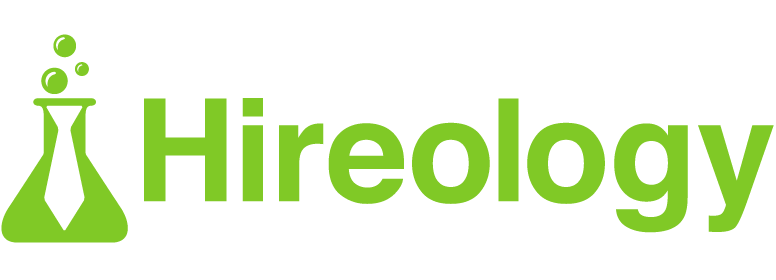The November employment situation issued by the Bureau of Labor Statistics painted a somewhat puzzling picture after a hopeful October. Employers added 210,000 jobs in November — about half of what experts predicted for the month. And it’s a fraction of the gains we saw in October, which ended at roughly 1 million with the latest revisions.
The dismal job numbers are likely a result of a number of factors. The first, and most likely, being the continued unpredictable nature of the COVID-19 virus. Businesses are hesitant to staff up and job seekers have health concerns when it comes to customer-facing work. It’s also possible that some businesses have learned over the last two years how to operate more efficiently and are running their businesses with fewer people on staff.
But there is a silver lining when you consider the labor participation and unemployment rates — which both showed signs of recovery. The latter rose for the first time in months, reaching 61.5%. The former dropped significantly, down to 4.2% from October’s 4.6%. These numbers can largely be attributed to raising wages and increased benefits offered by employers to entice workers.
So what does this all mean for you? The headline is that more folks have entered the workforce, which means you have a larger pool of talent to connect with and recruit from. But given that you’re likely not adding all of the jobs back that you lost at the onset of the pandemic, it means that every seat is more important. Every seat holds more responsibility and needs to drive more revenue than it did before the pandemic.
And at the same time, each of these seats is more expensive. Not only because you’re hiring more qualified people for each role, but also because wages continue to increase month after month. So you really need to prioritize attracting and hiring the best of the best. To do that, keep the below best practices in mind. Or, if you’d like to hear me discuss my take live, check out this video:
Speed up your hiring processes
Forty-three percent of applicants surveyed for a 2021 Hireology report applied to and accepted their most recent job in less than two weeks, so you need to set yourself up to be able to compete in that time frame. That means enhancing your processes so that you can respond faster to new applicants and move them through your hiring steps more quickly. How long does it take you to schedule and arrange interviews? What about reaching out to references or reviewing skills tests? If any of these steps slow you down, you’re going to lose top candidates.
Enhance your employer brand
Job seeker expectations have changed over the course of the last two years. They want better pay, improved working conditions, enhanced benefits, and more. So show that you can meet these expectations by highlighting everything you have to offer across all of your owned channels — from your career site to your job descriptions to your social media profiles. Think of your company and your open roles much like your products and services. You need to sell what makes your jobs something that top applicants want over those at other companies.
Expand your applicant sources
As more applicants enter the workforce, you’ll want to make sure you have a presence anywhere they’re searching. So expand your channels beyond just the standard job boards like Indeed or ZipRecruiter. Think about how you can use social media job boards like those on Facebook and LinkedIn. Or consider joining Facebook groups that are made up of your target audience. Additionally, employee referral programs also remain a top source of talent among Hireology customers, so take some time to put new life into your program to motivate your team to start looking more closely at their networks.
Offer flexibility
And finally, offer greater working flexibility. As mentioned earlier, job seekers have new expectations for work. And flexibility is a top priority among almost everyone these days — and this isn’t going away any time soon. If you’re in the position to offer remote work options, offer it. This is especially important as COVID-19 variants continue to come and go. For for businesses like hospitality or healthcare where remote work just isn’t an option, greater flexibility can come in the form of flexible hours and schedules. For example, can working parents leave to go pick up their kids from daycare? Or take them to the doctor when sick? If you can offer this type of flexibility and you advertise it effectively, top job seekers will come.
The future is always uncertain when it comes to the COVID-19 pandemic. But if November’s numbers are the beginning of a trend, we’ll likely see slower job growth and increased workforce participation in the months to come. Overall this means that the light at the end of the tunnel is potentially in sight when it comes to the hiring crisis. But of course as we’ve learned in the past two years, nothing is for certain.
The best thing you can do to navigate an unpredictable future is to set yourself up to build a pipeline of great talent and accelerate hiring. Hireology can help. Learn how by scheduling a free demo today.




